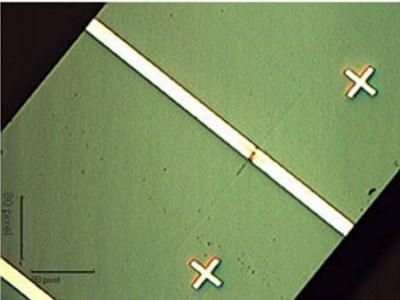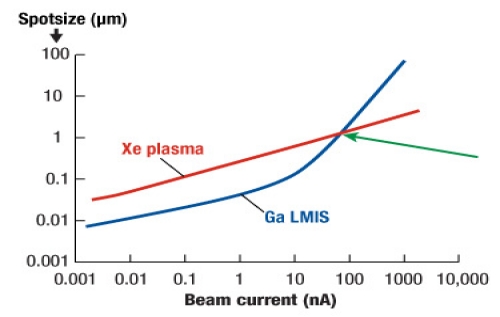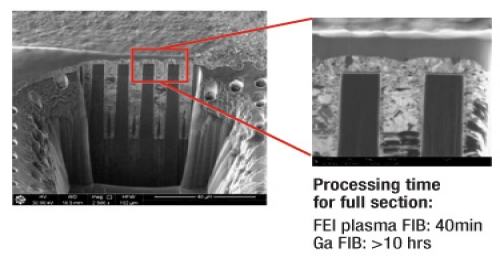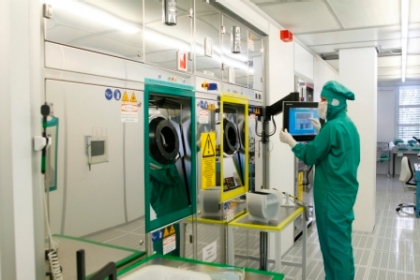June 15, 2011 — XG Sciences, a Michigan State University (MSU) spinoff, formed a series of agreements with POSCO, a Korean steel producer. The aim is advancing graphene manufacturing and product development, based on XG Science IP.
XGnP Graphene Nanoplatelets from XG Sciences are inexpensive additives for plastics, electronic components, batteries, etc.
Under the agreements, POSCO will purchase a 20% share of XG Sciences, obtaining production licenses to manufacture and sell xGnP Graphene Nanoplatelets. POSCO and XG Sciences will further collaborate on energy storage, advanced materials and electronics product development.
POSCO recently announced plans to invest $30 billion to expand its overseas operations. Earlier this year, however, it withdrew a bid to acquire Norway’s Elkem, a maker of silicon for solar panels, due to a lack of anticipated benefits from possible investment.
XG Sciences’ other international partner in Asia is Hanwha Chemical. These two companies allow the startup to reach top electronics, automotive and manufacturing companies in Asia, said Michael Knox, CEO of XG Sciences, adding that Asia-based customers will also have a local graphene manufacturing source.
For more information about XG Sciences visit www.xgsciences.com
POSCO, in addition to being one of the world’s largest steel producers, operates a worldwide network of subsidiaries in energy, construction, logistics, mining and materials markets.



 IBM was able to integrate graphene
IBM was able to integrate graphene 

